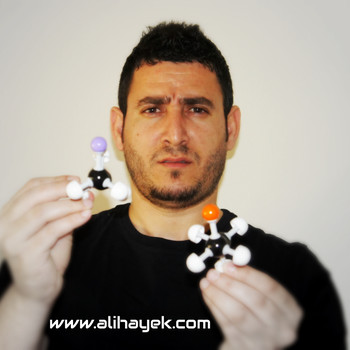Question #d0cfc
1 Answer
0.25 mole
Explanation:
We should determine which reactions are happening on every electrode.
Note that silver is getting reduced (at the cathode) as it is illustrated in the following reduction equation:
And, water is getting oxidized (at the anode) as it is illustrated in the following oxidation equation:
The overall redox reaction would then be:
Reduction:
Oxidation:
Redox:
The redox equation shows that for every 4 moles of silver reduced, 2 moles of water are oxidized to produce 1 mole of oxygen.
Therefore, the number of mole of oxygen produced when 1 mole of silver is reduced (precipitated):
Here is a video that explains electrolysis in general:
Electrochemistry | Electrolysis, Electrolytic Cell & Electroplating.

